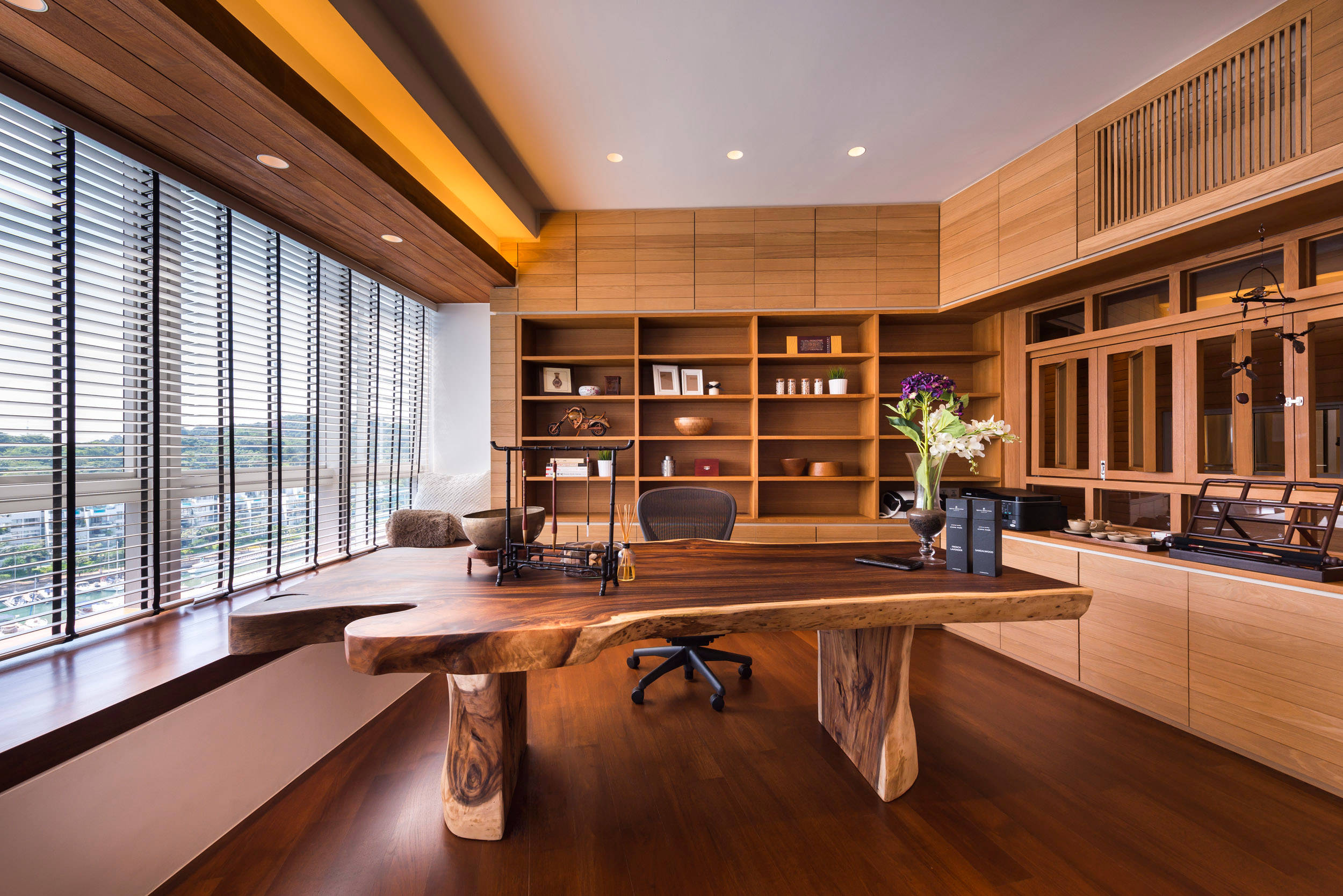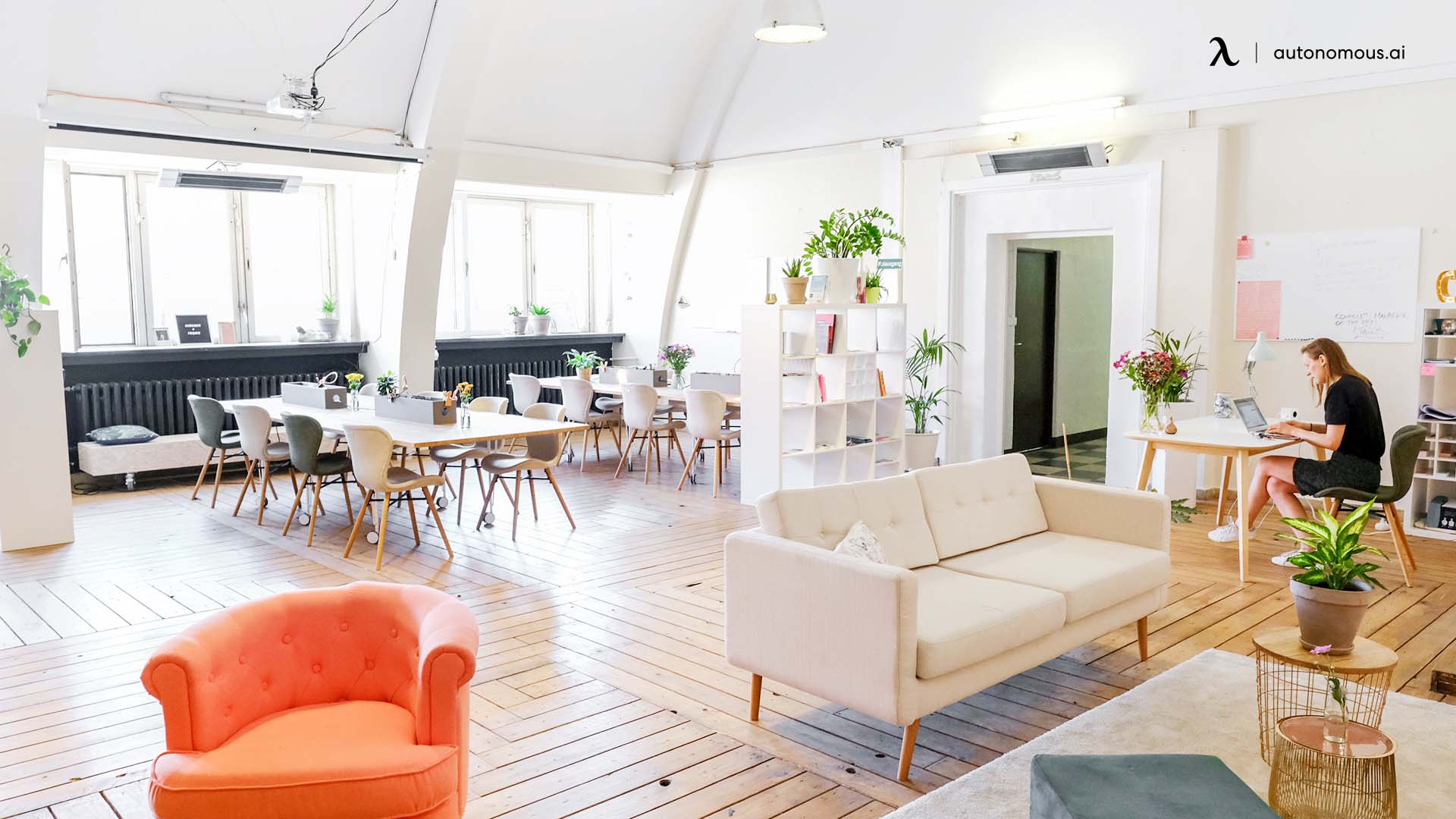In today’s fast-paced world, our work environments often lack the tranquility and aesthetic appeal we desire. Japanese office decor offers a refreshing solution to this problem, merging functionality with minimalism and nature. As someone who has embraced this decor style in my own workspace, I’m excited to share insights, tips, and personal experiences to help you create your ideal Japanese-inspired office.
Understanding Japanese Office Decor
Japanese office decor is characterized by its simplicity, harmony, and connection to nature. It emphasizes a calm atmosphere, making it an ideal choice for anyone seeking a peaceful workspace. Here are some key elements of Japanese decor:
Key Principles of Japanese Design
- Minimalism: Less is more in Japanese decor. The goal is to create a clutter-free environment.
- Natural Materials: Incorporating wood, stone, and textiles contributes to a serene atmosphere.
- Harmony: The arrangement of furniture and decor should create a balanced and harmonious space.
- Connection to Nature: Bringing elements from nature indoors can enhance tranquility.
Elements of Japanese Office Decor
1. Color Palette
The color palette in Japanese office decor typically includes neutral tones, earth colors, and subtle shades. Think soft whites, beiges, greens, and browns. These colors not only create a soothing atmosphere but also help in focusing on work.

2. Furniture Selection
Choosing the right furniture is crucial. Look for pieces that are low to the ground, made of natural materials, and have clean lines. Here’s a comparative table of furniture options:
| Furniture Type | Material | Style | Pros | Cons |
|---|---|---|---|---|
| Wooden Desk | Natural Wood | Minimalist | Durable, Aesthetic | Can be expensive |
| Futon Chair | Fabric | Traditional | Comfortable, Space-efficient | Can require maintenance |
| Low Coffee Table | Bamboo | Contemporary | Stylish, Versatile | Not suitable for all settings |

3. Lighting
Lighting plays a vital role in creating the right atmosphere. Soft, natural light is preferred, so consider incorporating large windows or light-filtering curtains. Additionally, paper lanterns or simple pendant lights can add an authentic touch.
4. Natural Elements
Incorporating plants is essential in Japanese decor. Here are some plant options that thrive indoors:

- Bonsai Trees: Symbolizing harmony and patience.
- Snake Plants: Great for air purification.
- Pothos: Easy to care for and resilient.
Incorporating Japanese Decor in Your Office

Step-by-Step Guide
Creating a Japanese-inspired office doesn’t happen overnight. Here’s a structured approach to help you:
Step 1: Clear the Clutter
Start by decluttering your workspace. Remove unnecessary items and keep only what you need. This aligns with the minimalist principle.

Step 2: Choose Your Colors
Select a color palette that reflects Japanese aesthetics. Paint the walls in soothing tones, and consider using neutral-colored furniture.
Step 3: Furniture Arrangement
Arrange your furniture to promote a sense of balance. Avoid overcrowding and ensure that the flow of the space feels natural.

Step 4: Add Natural Elements
Incorporate plants, natural light, and materials to enhance the organic feel of your office.
Step 5: Personal Touch
Add personal items that inspire you but maintain the overall minimalist vibe. Consider art pieces or books that resonate with your values.
Pros and Cons of Japanese Office Decor
Before making significant changes to your office decor, it’s essential to weigh the pros and cons.
Pros
- Enhances focus and productivity.
- Creates a calming environment.
- Emphasizes natural beauty and simplicity.
Cons
- May require a change in mindset towards minimalism.
- Initial costs of high-quality materials can be high.
- May not fit every corporate culture.
Frequently Asked Questions (FAQs)
What are the key principles of Japanese decor?
The key principles include minimalism, the use of natural materials, harmony in arrangement, and a connection to nature.
How can I incorporate Japanese decor in a small office?
Utilize multifunctional furniture, keep the color palette light, and incorporate vertical space for plants to maximize your area.
Is Japanese decor suitable for all types of workplaces?
While it may not fit every corporate culture, many aspects can be adapted to create a more serene and productive work environment.
What types of plants are best for a Japanese-inspired workspace?
Consider easy-to-care-for plants such as bonsai trees, snake plants, and pothos for a touch of nature.
Conclusion
Incorporating Japanese office decor into your workspace can profoundly impact your productivity, creativity, and overall well-being. Emphasizing simplicity and natural beauty, this style creates an environment that fosters focus and tranquility. By following the steps outlined above and personalizing your space, you can transform your office into a serene haven that reflects your values and enhances your work experience.